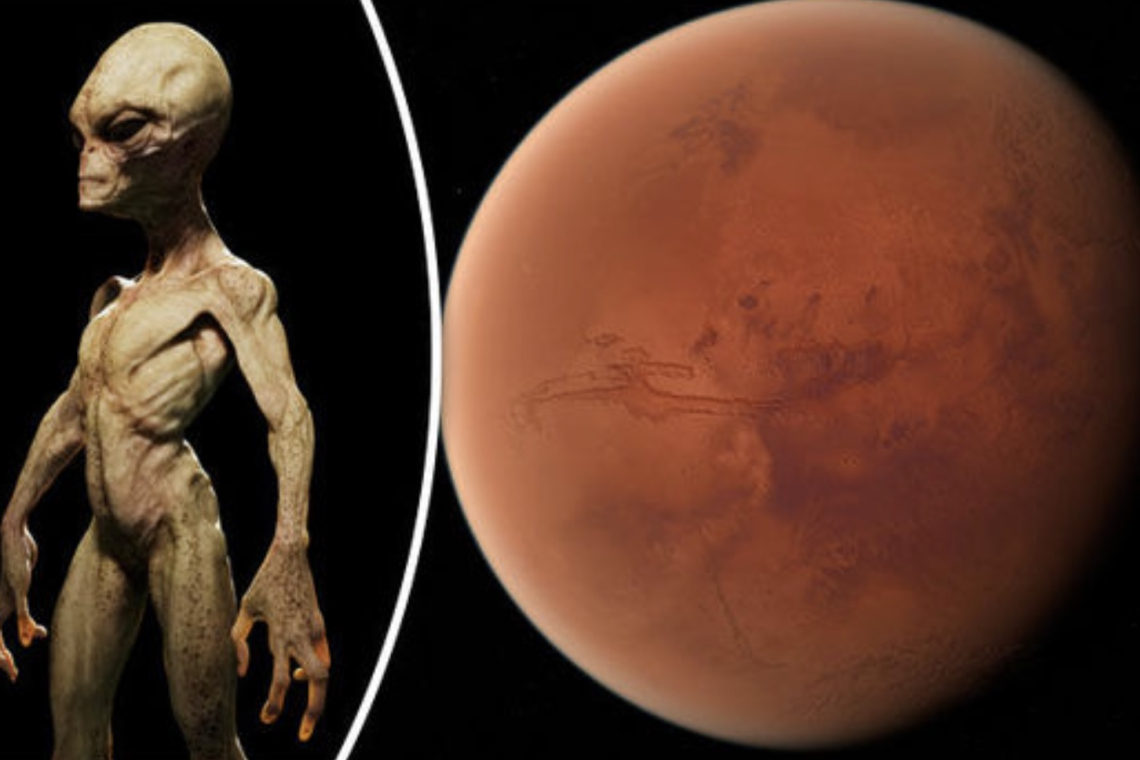The Race to Mars: A Global Effort
In a groundbreaking revelation, an international consortium of space scientists has raised a red flag on prolonged human habitation on Mars due to the ominous threat of particle radiation. Recent findings published by researchers from renowned institutions, including UCLA, MIT, Moscow's Skolkovo Institute of Science and Technology, and GFZ Potsdam, highlight that any stay on the Red Planet surpassing four years would subject astronauts to perilous levels of radiation emanating not only from the Sun but also from distant stars and galaxies, typically shielded by Earth's protective magnetosphere.
The study, detailed in the journal Space Weather, offers crucial insights into the timing of future Mars missions. Interestingly, the Sun emerges as an unexpected ally, capable of shielding astronauts during peak solar activity known as the solar maximum. By launching missions during this period, scientists hope to deflect hazardous particles from distant galaxies, enhancing the safety of interplanetary travelers.
Despite the daunting challenges presented by radiation limitations on spacecraft weight and launch timing, the researchers argue that the dream of a human mission to Mars remains achievable. Adhering to the four-year safety limit becomes paramount, serving as a protective measure against the inherent dangers of space radiation.
As major players like China and SpaceX gear up for Mars missions, this new study assumes a pivotal role in shaping the future endeavors of space agencies. With China aiming for the first human mission to Mars in the 2030s and SpaceX's Mars-bound Starship on the launchpad, the study assists in determining the optimal timeframe for these ambitious missions, inching humanity closer to a spacefaring civilization.
While the prolonged stay on Mars remains a challenge, efforts are underway to make short-term space habitation both comfortable and luxurious. Hilton Hotels, recognized for its upscale hospitality on Earth, has entered into a collaboration with space companies Nanoracks and Voyager Space, along with Lockheed Martin. Together, they aim to design crew lodging and hospitality suites for the Starlab, a commercial space station slated to be operational by 2027—a testament to the evolving landscape of space tourism.
The recent declaration of Mars as unsafe for prolonged human stays poses a significant hurdle for colonization plans. However, rather than marking the end of Mars exploration, these findings serve as a roadmap for safely planning and executing missions within the four-year timeframe. The future of Mars exploration demands a delicate balance of risk and reward as humanity ventures further into the uncharted territories of space.
Preparing for Human Habitation
In the face of challenges, the dream of becoming an interplanetary species perseveres. Understanding the risks, adapting strategies, and embracing the quest to explore the final frontier will be the driving forces behind humanity's ongoing pursuit of extraterrestrial exploration.



